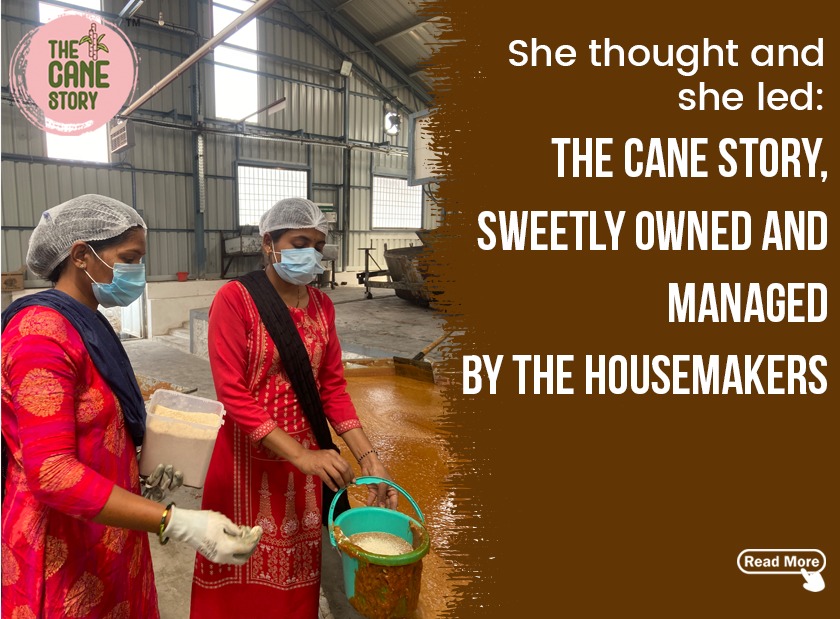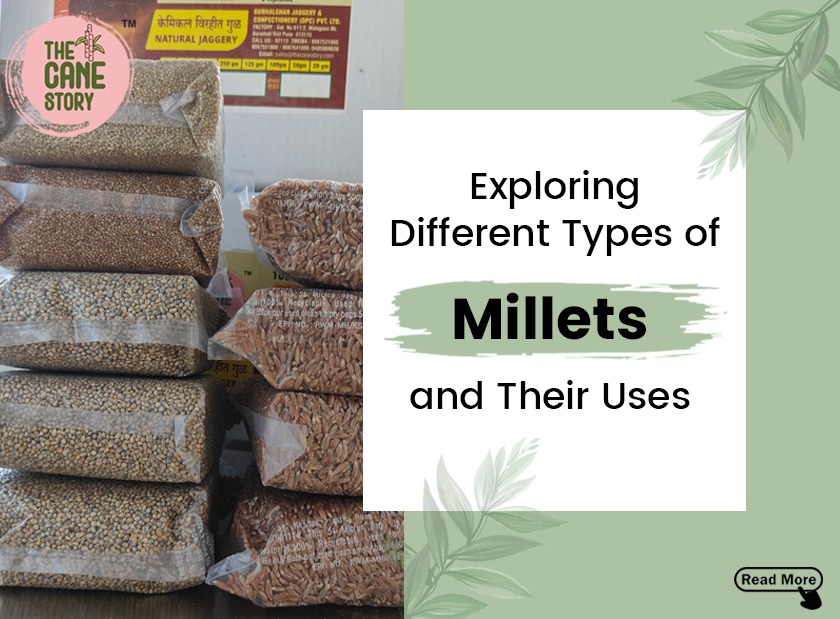She thought and she led: The Cane Story, sweetly owned and managed by the housemakers

The Cane Story embodies empowerment, entrepreneurship, and natural goodness in the context of sustainable agriculture and traditional customs. "The Cane Story," the producer of natural jaggery and its byproducts, is lovingly owned and managed by housewives. It has become a symbol of resilience, leadership, and communal stewardship.
Jaggery has always been cherished for its strong taste and several health advantages. This natural sweetener, produced from sugarcane juice, is tasty and rich in antioxidants and minerals. But in "The Cane Story," the production of jaggery has a purpose beyond just food; it gives women a platform to express their agency and leadership in the agricultural industry.
The housemakers in "The Cane Story" have discovered a calling in agriculture and entrepreneurship in addition to their roles as nurturers, caregivers, and homemakers. Equipped with customs handed down through the ages and a strong bond with the land, these women have entered the jaggery industry, turning sugarcane into a means of economic freedom and empowerment.
What sets The Cane Story Apart From Others?
What makes The Cane Story unique is the all-encompassing strategy these women use to produce jaggery. They place a high value on community involvement, natural agricultural methods, and sustainability, assuring that each stage of the procedure is carried out with care and honesty. They work with local farmers who use natural fertilizers in sugarcane cultivation. These women use ancient techniques for juice extraction and evaporation. They maintain the authenticity and purity of their products.
The Cane Story also serves as a tribute to the natural leadership abilities of women. These women exhibit bravery, ingenuity, and perseverance in the traditionally male-dominated agriculture industry. They handle obstacles like shifting weather patterns, shifting stock prices, and gender stereotypes with poise, tenacity, and a strong sense of mission.
The Cane Story also promotes inclusivity and a sense of community empowerment. These ladies not only give others in their villages job opportunities, but they also create them for themselves. They host workshops for skill development, encourage women to start their businesses and support community-based social projects that raise living standards.
The Cane Story celebrates women who thought and led, transforming sugarcane into a source of pride and empowerment rather than just manufacturing jaggery. It serves as a reminder that women possess innate power, resiliency, and creativity waiting for realisation. Leadership is also a reminder that knows no bounds.
Conclusion
Let's celebrate the ladies who created The Cane Story, the housewives who thoughtfully shaped and confidently controlled their future. Their narrative encourages us to follow our passions, play to our abilities, and lead to improve the planet for future generations.





